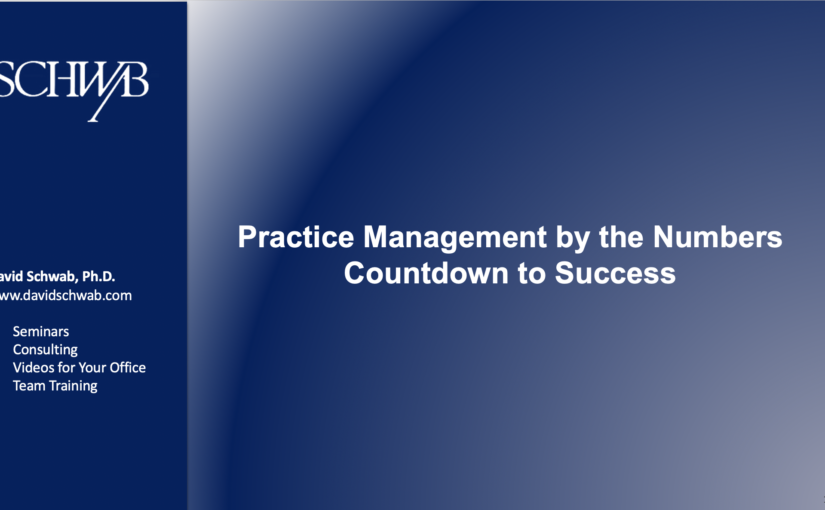I recently had the pleasure of hearing bestselling author John Maxwell give a presentation in Orlando. Mr. Maxwell is a world-renowned leadership expert. One of his principles, as explained in his book “The 17 Laws of Teamwork,” is what he calls the “Law of Mount Everest: As the challenge escalates, the need for teamwork elevates.”
The following scenarios can cause a mountain of challenges:
- Record-setting production. It might seem counterintuitive to think that high production is a problem, but working at full capacity puts a stress on your systems. You have to book patients farther out, and any unexpected staff absence can compromise your efficiency and customer service.
- You hire a new employee. A new team member may be a welcome addition. There are challenges, however, when integrating a new personality into a dental office environment, which is essentially a tight-knit family. The new employee will also take up some of everyone’s time because proper training is essential.
- A new doctor joins the practice. Bringing in a new doctor opens a world of possibilities—and potential pitfalls. Never underestimate the interpersonal challenges involved when a new doctor comes on board.
In each of these situations, the management mountain is harder to climb. The status quo management model may not work considering these new realities.
To deal with these issues proactively, you should:
- Hold more team meetings (even brief ones).
- Communicate more regularly with the team via brief memos (bullet points are fine).
- Review expectations and job descriptions (and bring them up to date as needed).
- Analyze your overall staffing situation (and hire additional help if warranted.)
You should be proud of scaling new heights, but at the same time you need to be mindful of the need to nurture and train the team that helped get you there.








